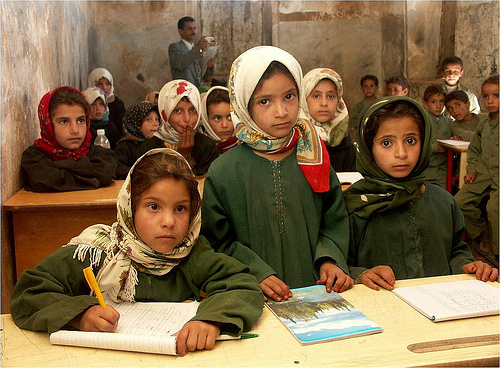The Yemeni Ministry of Education is currently trying to assess the effects of the 2011 Arab Spring uprising and subsequent security and economic instability on school dropout rates. “The dropout rate is a long-term predicament in Yemen because of poverty and illiteracy, but the phenomenon has increased since the 2011 uprising as a result of the security unrest. Many schools have to regularly shut down and irregular attendance contributes to the dropout rate,” said Abdullah Al-Ziadi, media director at the Ministry of Education.
A survey of the capital alone showed that more than 20,000 students in 50 schools dropped out after 2011, according to Waleed Amer, director of Taleem Education Organization, a Yemeni NGO.
Because of economic slowdowns following the revolution, providing enough qualified teachers has also been a problem for Yemen. “This year, we do not have enough teachers. The Ministry of Education did not provide enough funding and takes no notice of how schools are functioning,” according to Ali Al-Shami, a teacher at Al-Ershad School in the west of the country.
In the northern parts of the country, ongoing sectarian violence between the Shiite Houthi group and members of the Sunni Yemen Islah Party has also contributed to low attendance and the displacement of students and teachers alike. “More than 5,000 students in many districts rocked by fighting in Amran and Sad’ada [two cities in the country’s northwest] have been deprived of their education,” said Yahi Al-Jomari, a teacher in Amran.
Creative Commons Love: USAID on Flickr.com
Written by Alex Leedom
